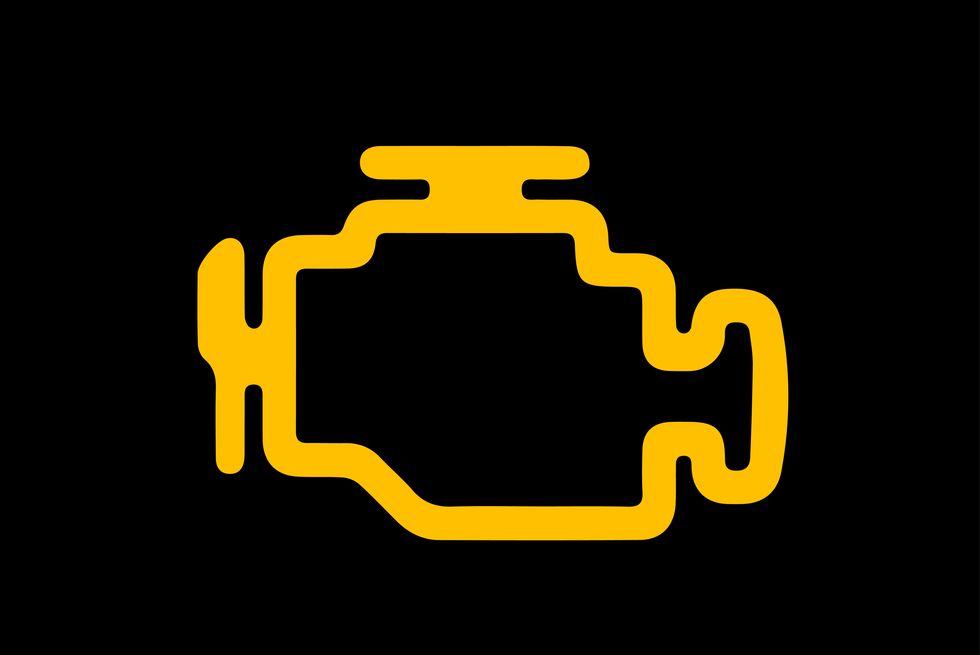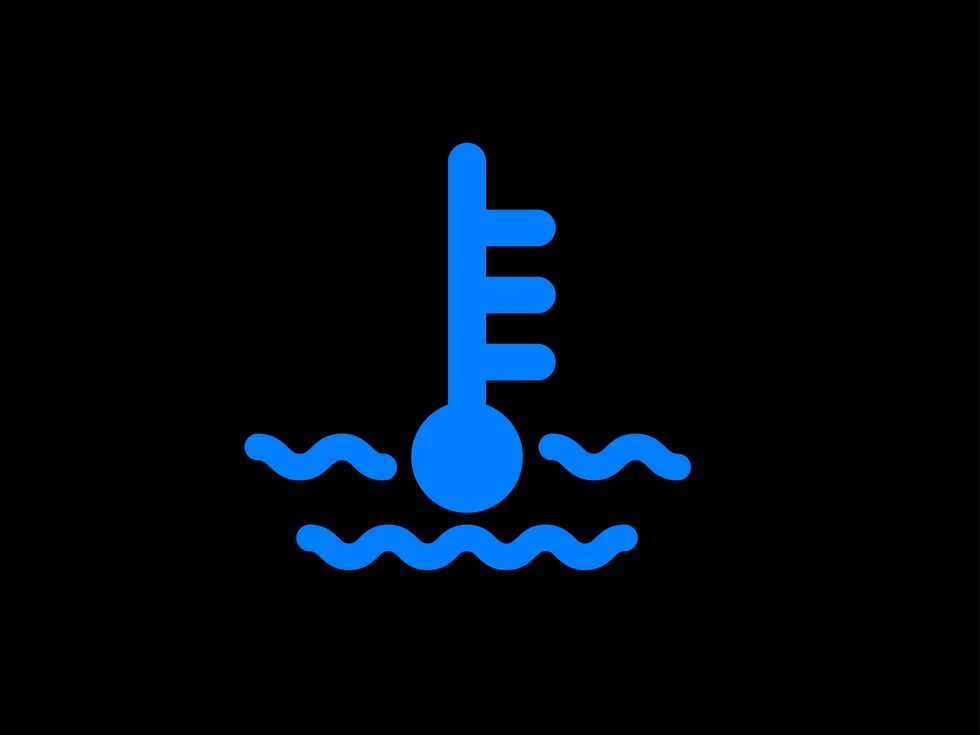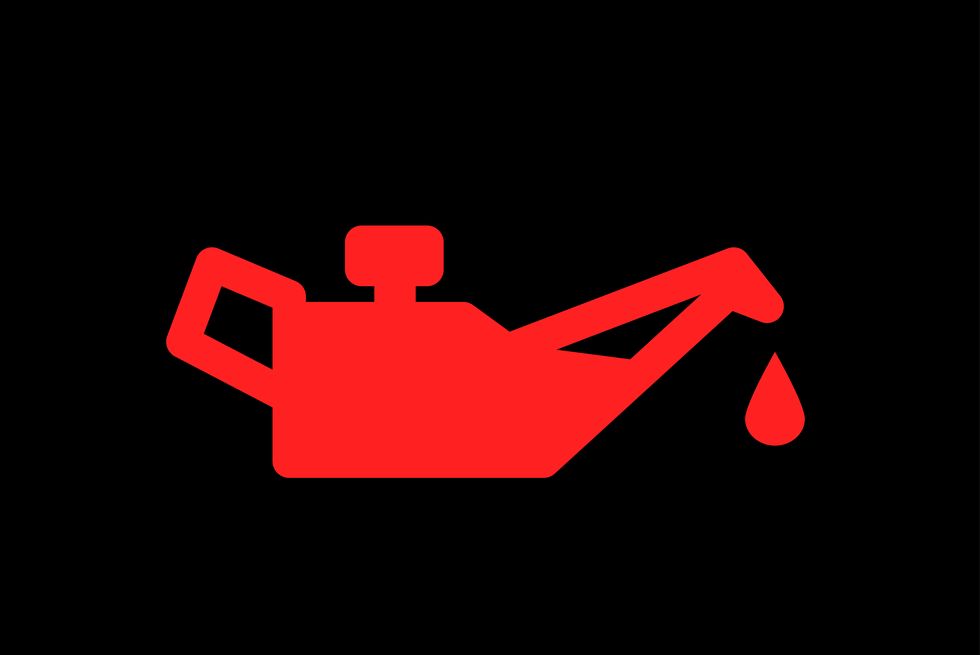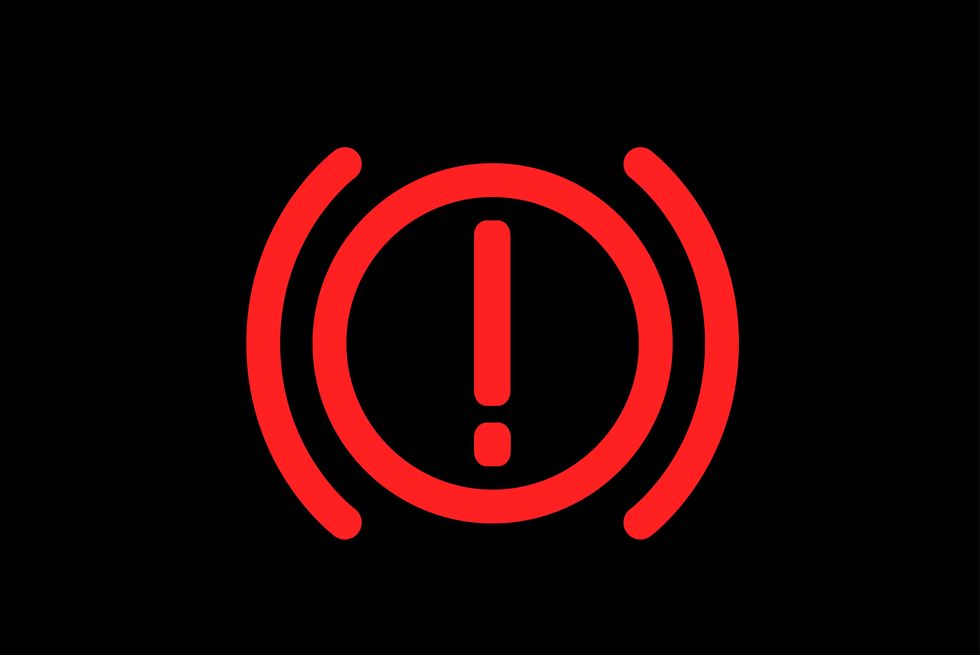DIFFERENT DASHBOARD LIGHTS AND THEIR MEANING / EFFECTS

CHECK ENGINE: check engine warning light. We’ll start with the worst. The check-engine light is the one car owners hate most. Usually, this warning is in the shape of a silhouetted engine, though sometimes it’s an even harder to miss all-caps “CHECK ENGINE” message. While it seems like the scariest, this light is one the most ambiguous because it relates to anything having to do with the car’s motor and emissions system. The potential issue could be as minor as a loose wire, an ill-fitting gas cap, or worn solenoid. Or it could mean something far more serious is wrong in the heart of the engine itself. If the check-engine light illuminates while you’re driving and everything seems fine with the car, don’t panic, but don’t ignore it, either. Get the vehicle to a mechanic to run a diagnostic test and source the problem.

COOLANT TEMPERATURE: coolant temperature light. Looking like a thermometer taking a dip in the ocean, the coolant temperature warning lets you know your car is running too hot. This could be caused by a broken water pump, low coolant levels in the radiator, a leaking or burst coolant hose, or even damage to the radiator itself. These are serious issues and could lead to much bigger engine problems if ignored. Like a blinking check engine light, driving an overheated car is not only unsafe, it also risks permanently ruining your four-wheeled mode of transportation.

OIL PRESSURE WARNING: An illuminated oil pressure light could indicate something as simple as your car telling you it needs its oil topped off. More seriously, it could mean a leak in the engine, or worn parts like a blown piston ring or broken oil pump. If the engine’s dipstick shows oil levels are low and adding oil turns the light off, then you’re in luck. If that doesn’t do the trick, or the light comes on shortly after you’ve added oil, it’s smart to get the issue checked as soon as possible. Driving for extended periods with an oil pressure warning light illuminated is another sure-fire way of causing big repair bills down the road. Like the gasoline sloshing around in the fuel tank, your car’s oil level is equally essential to keeping your vehicle running.

BRAKE SYSTEM: We all love to talk about how quickly a car accelerates from zero to 60 mph. But things can get dicey if a vehicle doesn’t come to a quick and controlled stop when the brakes are engaged. A common mistake occurs when the driver pulls away with the parking brake engaged, causing this warning light (or one saying “Parking Brake”) to glow. A more troubling culprit could be worn brake pads, low brake fluid levels, or a problem with the anti-lock braking system (ABS). On a similar theme when it comes a car’s stopping power, an illuminated ABS light often means there’s an issue with a wheel speed sensor, or problem with connections and wiring that could prevent the anti-lock braking system from activating. It’s still safe to drive your car without ABS, just understand a repair is warranted to restore full braking effectiveness, especially during a panic stop scenario.

AIRBAG WARNING: It’s perfectly normal for this light to turn on when your vehicle is first started. Should it stay illuminated while driving, there could be a problem with one of the vehicle’s airbags. This won’t cause you to get stuck on the side of the road, but it could be dangerous in the event of an accident.
Add a comment Cancel reply
Related posts
November 18, 2024
2015 MINI COOPER-Driving thrills, high fuel economy and now a practical body style as well
Ian Kingori
August 14, 2024
2017 NISSAN SERENA: It's mobility for everybody with total peace of mind
Ian Kingori
August 12, 2024
2015 MAZDA CX-5 DIESEL AND ALL YOU NEED TO KNOW
Ian Kingori
August 7, 2024



